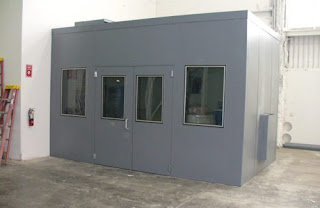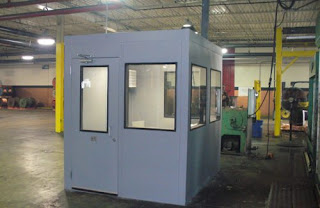What exactly is a chassis dynamometer system?
A chassis dynamometer system is a tool that allows the operator safely put a controlled load on a vehicle. With the usage of a dyno, the basic power train components of a vehicle, including the transmission, engine and differential and also vehicle components like cooling, braking, and electrical systems can be properly operated through the power of the vehicle and speed range. Errors or deficiencies in the assembly of the engine might be explored before the vehicle is driven and a comprehensive assessment of the working condition of the engine can be executed.
Construction of a chassis dynamometer
A chassis dynamometer comes with three main components: the torque indication system, the absorption unit and the roll set. Just like a construction barrier, the chassis dyno roll sets come in different diameters depending on the application.
The features of a water brake absorber when used in a chassis dynamometer are quite similar to an engine dynamometer. Along with water brake absorbers, chassis dynos can also be equipped with AC regenerative absorption units with eddy current. An eddy current absorber uses electric current to create a load. Eddy current dynamometer needs an electrically conductive core, disc or shaft, moving across a magnetic field to create resistance to the movement. You may also use a generator silencer if you are facing a noise issue from the generator.
Data Acquisition and Control Systems
Usually, a dyno controller has the temperature of the dynamometer system and pressure sensors. These sensors are contained in an industrial cabinet and are provided with fast disconnects. Data is accumulated from the temperature and pressure sensors, and in many situations an ECM, and are merged with torque, speed and power measurements from the dyno and sent to the system computer of the dynamometer. You may also install sound blocking panels in your room to prevent external sound from coming in.




Comments
Post a Comment